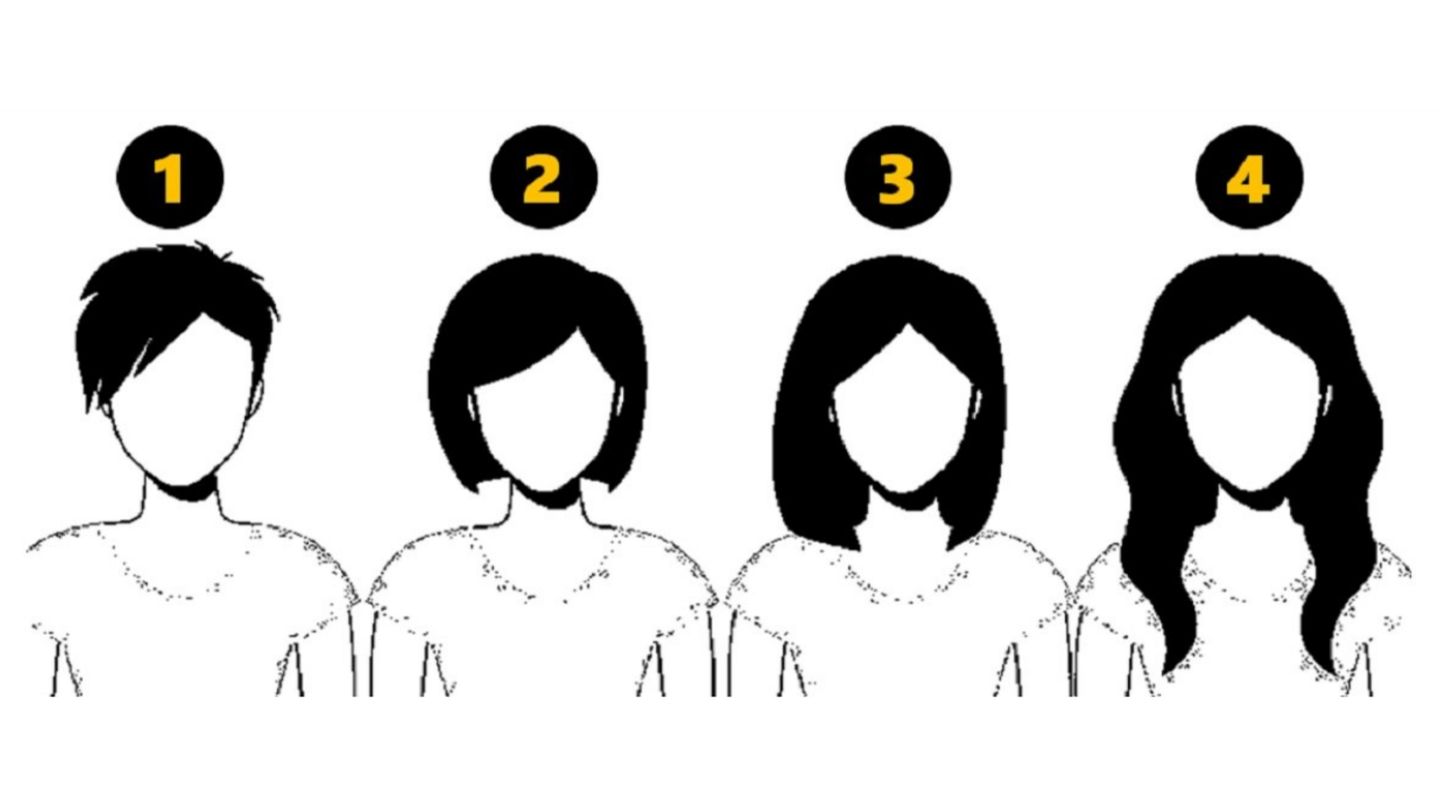Dormouse Day is a forecast of summer weather for the next seven weeks. Thursday, June 27, was wet, unsettled, and mostly thundery. Why is the dormouse wrong as a measure of summer weather and what forecasts are still produced from today.
Dormouse happens very early on
But be careful, using the Dormouse as a barometer for the weather in the coming weeks is wrong in several ways. Because it's not just about rain and sun, it's about the general weather conditions across Europe. The date is incorrect because the Gregorian calendar reform of 1582 pushed it back by about eleven days. The actual Dormouse Day would therefore not be until Monday, July 8. It is therefore completely illogical to look at June 27 as the so-called “Lustage” as a reflection of the expected summer. To predict summer weather, it is better to use a slightly longer period of one to two weeks from the end of June to the beginning of July as a basis and not rely solely on the Dormouse Day.
Stable general weather conditions between the end of June and the beginning of July
Myth or not: Meteorologists are actually seeing a stabilization of the general weather condition at this time, which usually lasts for a longer period of time. The reason for this is the special nature of the Earth's atmosphere. At an altitude of about ten kilometers, so-called jet streams blow zigzag around the Earth. They influence the paths of high and low pressure areas and are therefore largely responsible for weather development.
From late June to early July, the jet stream's path remains relatively constant, and the weather is correspondingly stable. Whether it ends up being sunny or rainy depends on whether the winds are blowing south or north across Europe. If the jet stream is heading south, there is more low pressure and unstable weather, while a northerly direction means higher pressure and sunshine.
The weather prevailing between June 27 and the beginning of July often accompanies us for the next seven weeks, that is, until the end of August.
Where does the name Zaghba come from?
Contrary to popular belief, the rodents of the same name have nothing to do with the farmer's rule. The name Dormouse Day goes back to an ancient legend. According to it, seven young Christians were said to have been locked alive in a cave during the Christian persecution and fell into a deep sleep. About 200 years later they were discovered by chance, woke up and testified to their belief in the resurrection of the dead, but died shortly afterwards. The seven sleepers were then designated as a memorial day in the Catholic calendar of saints, June 27.
What weather can we expect this summer?
With previous unstable, wet and thundery weather conditions and cold and variable days expected, the following dormouse forecast appears: As a result of climate change, summer is usually expected to be very warm and very dry, but with alternating warm weather, wet thunderstorms, unstable cold and despite heavy rainfall , the summer of 2024 should not be too warm or too dry, which will please vegetation and many people. We will see at the end of August whether this will actually happen.
Summer weather assessments since 1997
According to the Swiss Meteorological Service, the dormouse incidence in our region is around 60 to 70 percent, which is also evident in the weather in the Upper Rhine. Since the summer of 1997, the dormouse rule has correctly predicted summer weather 19 times. However, in eight years the rule was not correct, and in half of the years, 1997, 2006, 2016 and 2020, the summer was warmer and drier than expected. In the other four years, 2000, 2001, 2004 and 2014, the weather was worse than on the dormouse day.

“Tv specialist. Friendly web geek. Food scholar. Extreme coffee junkie.”







More Stories
Antarctica: Antarctica Pilot Returns With Broken Twin Otter
Airbus A340-300: Former German government aircraft 16+02 up for sale again
Supreme Court Decision: Trump Wins Partial Victory in U.S.'s Highest Court